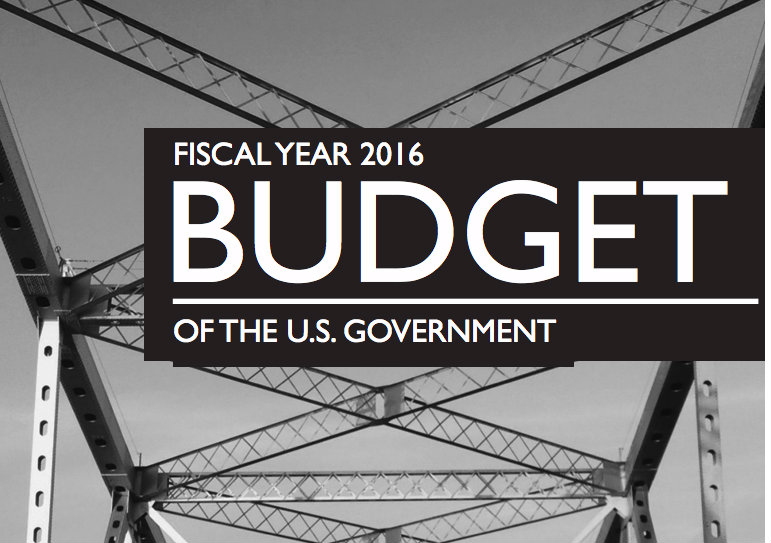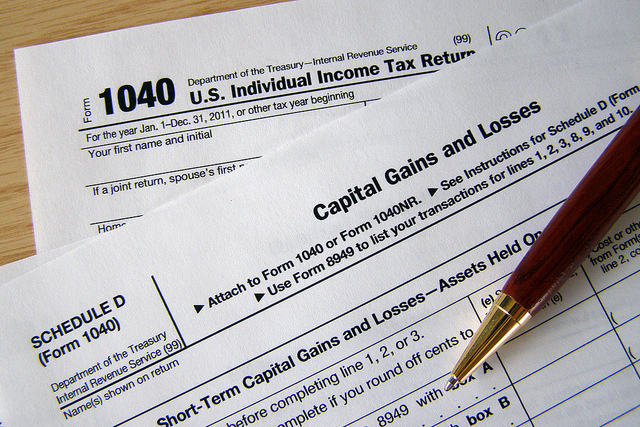220 Why It Matters: Fiscal Policy
Why Understand What Government Budgets Consist of, and How Fiscal Policy Affects the Economy?


This module has great practical knowledge for you. This is not primarily because it’s important for the course, though it is. Rather, this model presents information that every citizen (or at least every voter) should know. The topic of the module is how government budgets affect the economy. The material is divided into two categories: first, understanding government budgets at the federal, state and local levels, and second, learning how government spending and taxes affect different parts of the economy as well as the economy as a whole.
- People often complain about taxes, but what proportion of federal revenue comes from individuals, what proportion comes from corporations, and what proportion comes from foreigners? What proportion of tax revenue is based on income?
- What proportion is based on property?
- What proportion is based on our purchases?
- What does government spend our tax dollars on?
- How much of the federal budget is spent on “welfare” type expenditures?
- How much is spent on foreign aid?
- How much is spent making payments on the national debt?
- What do states and local areas spend their budgets on?
- What is the difference between the federal deficit and the public or national debt?
- Are tax cuts good or bad for the economy? In what ways are they good or bad?
- Is government spending good or bad for the economy? Is all government spending the same in this respect?
These are questions that are relevant every time we have an election, whether it is at the national, state or local levels. These are also questions that most Americans can’t answer correctly. How can you vote intelligently if you can’t accurately evaluate the candidate’s positions on government budgets? This module will help you become a more intelligent voter.

LEARNING OUTCOMES
- Identify the major spending categories and major revenue sources in the U.S. Federal budget
- Identify the major spending categories and major revenue sources in U.S. state and local budgets
- Define fiscal policy, identifying the roles of tax rates and government spending.
- Differentiate between discretionary and automatic fiscal policy
- Compare/Contrast expansionary/contractionary fiscal policies
- Compare/Contrast the way tax changes and government spending changes work

